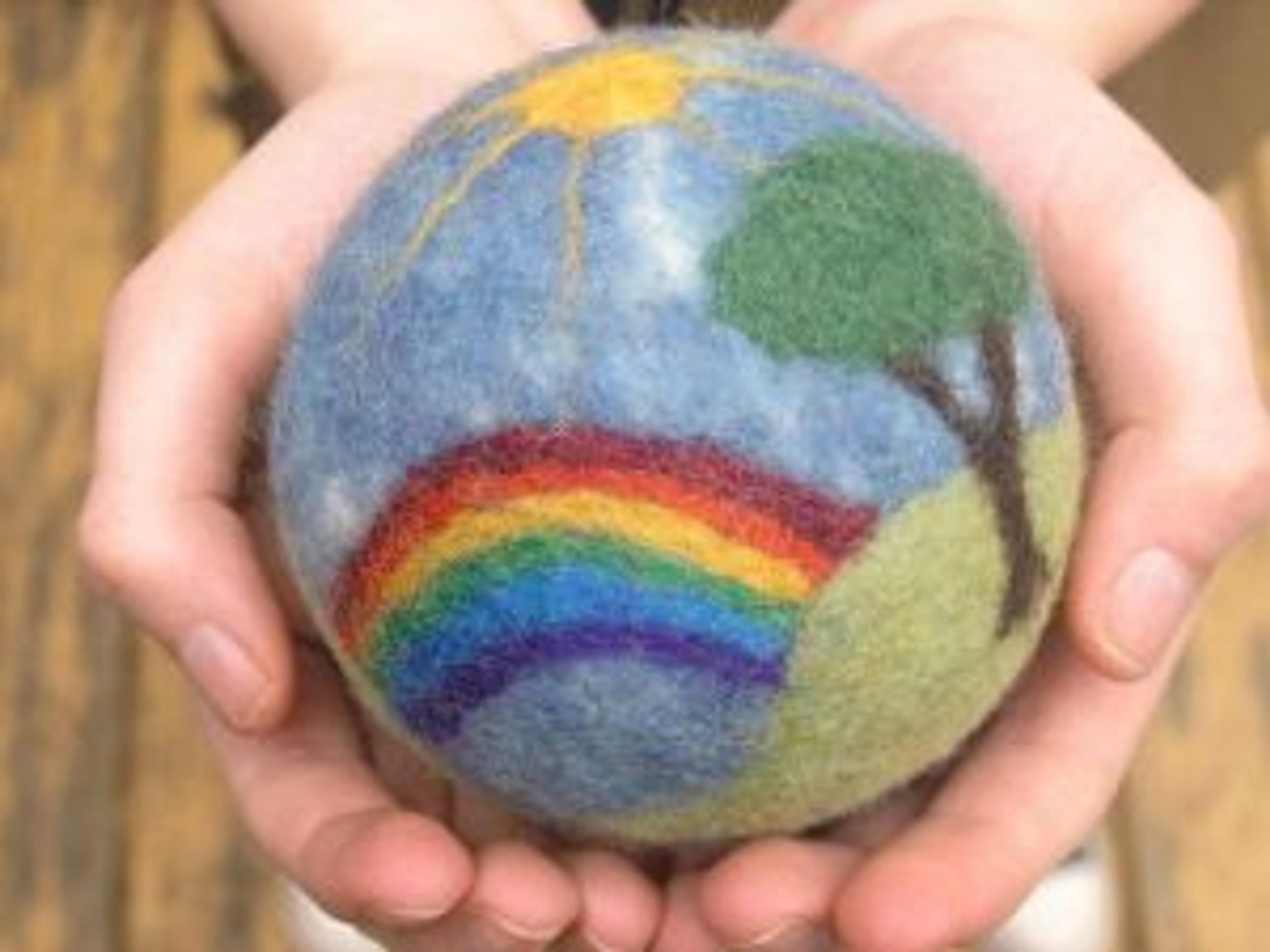Weekly Wellbeing

Answering Children’s Difficult Questions About COVID-19
Children often ask difficult questions. The questions come with or without a worldwide pandemic. But we are in a new territory here. We are suddenly facing new problems, new fears and new questions we may not have the answers to as yet. That being said, many of the difficult questions children ask arise from a sense of uncertainty, anxiety and fear. When these questions are not addressed, the uncertainty, anxiety and fear is left to fester and grow. So how can we start to address children’s difficult answers when we are still processing what is happening ourselves?
Children ask different questions for different reasons. Many of the difficult questions that children are asking isn’t only coming from a place of curiosity, it is also coming out of a strong emotional reaction. When the question is primarily driven by emotion the child isn’t just seeking an answer or information, they are seeking understanding.
“What if…” questions, are just one example of the kind of emotion driven difficult question a child will ask. E.g. “What if I get sick?”, “What if I can’t see my friends again?”, “What if you get sick?” Often, “What if…” questions, come from a sense of anxiety. When anxiety is present, like any strong emotion, it can be very difficult to listen to facts or retain information.
To best support a child with anxiety, who is asking a “What if…” question, we must first meet that emotion with a sense of understanding. An example might be a child asks, “What if I get sick?” The adult replies, “It does make sense, that you would be scared, you might get sick.” After addressing the validity of the child’s fear you can proceed to give some information that is focused on what we can do now to support the future. For example, if the child was concerned about getting sick, you could talk about all the precautions you can take to avoid getting the virus, like washing hands, not touching your face, covering your mouth with a tissue when you cough or sneeze, and staying at a safe distance from other people.
As the answers to these difficult questions can be complex, it can be really helpful to use visuals or activities to help children understand what is happening. For example, if you are aiming to help your child to understand how to prevent getting sick, you might create a visual that includes tips and reminders on how to avoid getting sick.
Ultimately, when a child asks a difficult question that comes from anxiety or fear in a situation, they are looking for support and understanding just as much if not more, than they are looking for information. This is a difficult time of change and confusion for people all over the world. Most of us are dealing with emotional overload. Even when we don’t have the answers ourselves, calm conversations that acknowledge some of the emotions we are experiencing, is one of the most vital steps, in the process of remaining in good mental health.
You could post the visual somewhere around the house so it can be easily referenced.
For more Wellbeing tips visit the Student Wellbeing page
Please take some time to look at the Student Wellbeing Page on CHPS Home Learning Portal. There is information that will be helpful for students, parents, guardians and teachers. We have videos, stories, ideas, resources, and all kinds of things posted and updated every week, so please take some time to look through.
Cheyenne Mason - Student Wellbeing Officer
References:
Jackson, Kim. (May 1 2020). Answering Children’s Difficult Questions, Conscious Discipline. retrieved from: https://consciousdiscipline.com/e-learning/webinars/answering-childrens-difficult-questions/
Student Wellbeing Page- https://sites.google.com/croydonhps.vic.edu.au/chpshomelearning/student-wellbeing?authuser=0

